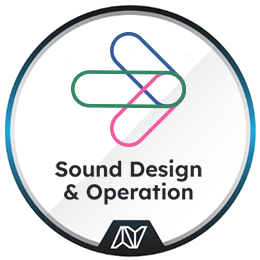
minutes average completion time
Sound Design for the Theatre: Creating the Sonic World
Welcome to this microcourse on Sound Design for the Theatre. From atmospheric effects and ambient soundscapes to music cues and microphone techniques, we’ll introduce you to the creative and technical elements that bring a production to life.
Welcome to the world of Sound design and operation!
In this microcourse, you’ll gain a comprehensive understanding of this crucial role in the theatre industry.
What is it?
Sound design is a crucial element of theatre, contributing significantly to the audience’s experience. It involves creating and manipulating sound to enhance the storytelling, establish the atmosphere, and evoke emotions. A Sound Designer uses sound to support the play.
Let’s dive deeper into the responsibilities of these roles.
Sound design is storytelling through sound. It helps build emotion, realism, tension, and atmosphere in ways visuals alone can’t achieve.
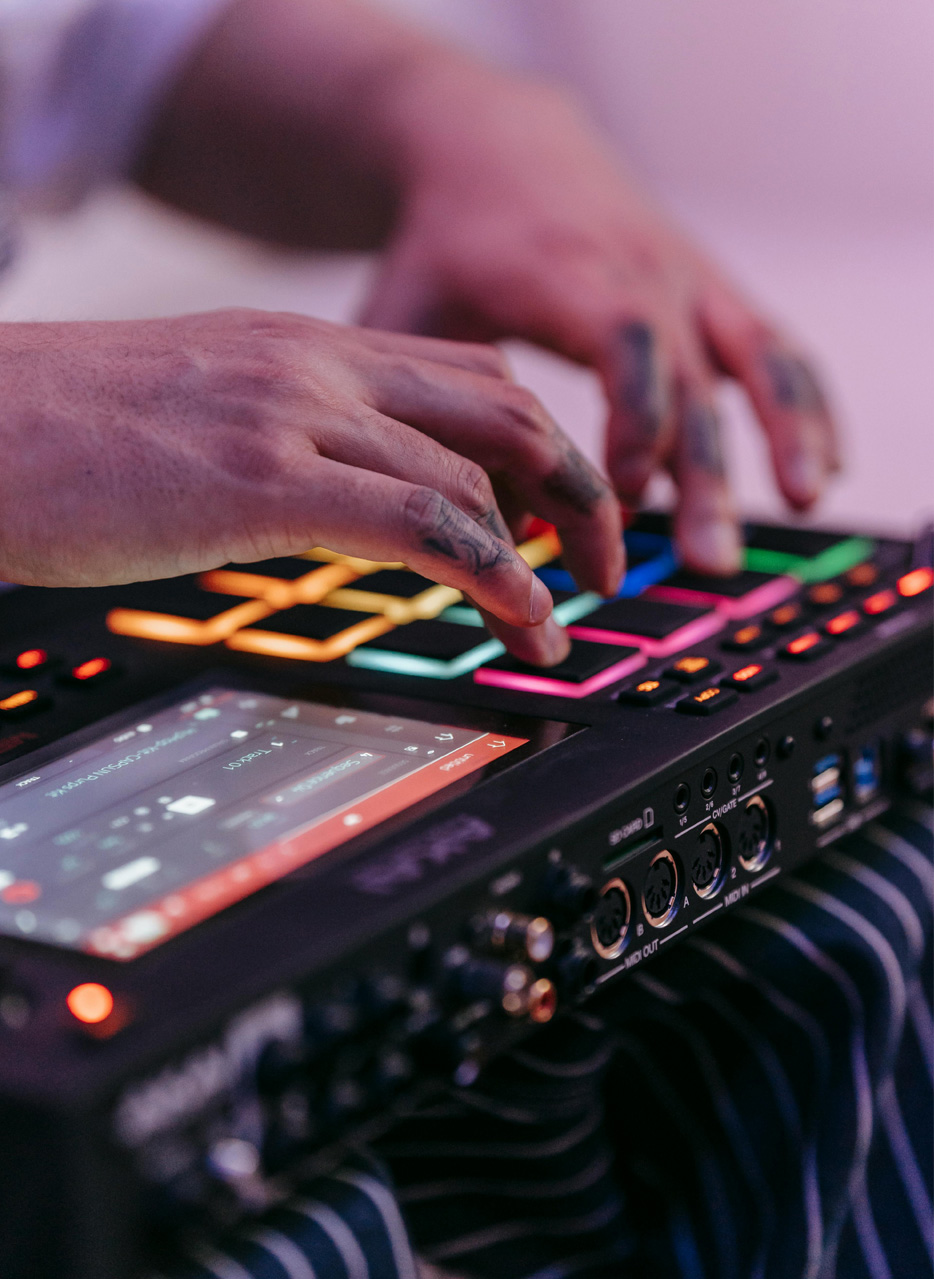
Key Elements of Sound Design
Sound design encompasses a variety of elements, each serving a unique purpose:
- Music
Can set the mood, provide transitions, and underscore dramatic moments. - Sound Effects (SFX)
Realistic or abstract sounds that create a sense of place, action, or atmosphere. - Ambience/Atmosphere
Background sounds that establish the environment (e.g., a bustling city, a quiet forest). - Reinforcement
Amplifying the actors’ voices or musical instruments to ensure they are heard clearly.
Sound design does a lot more than just add noise – it’s all about shaping how we feel, understand, and immerse ourselves in a story, space, or experience.
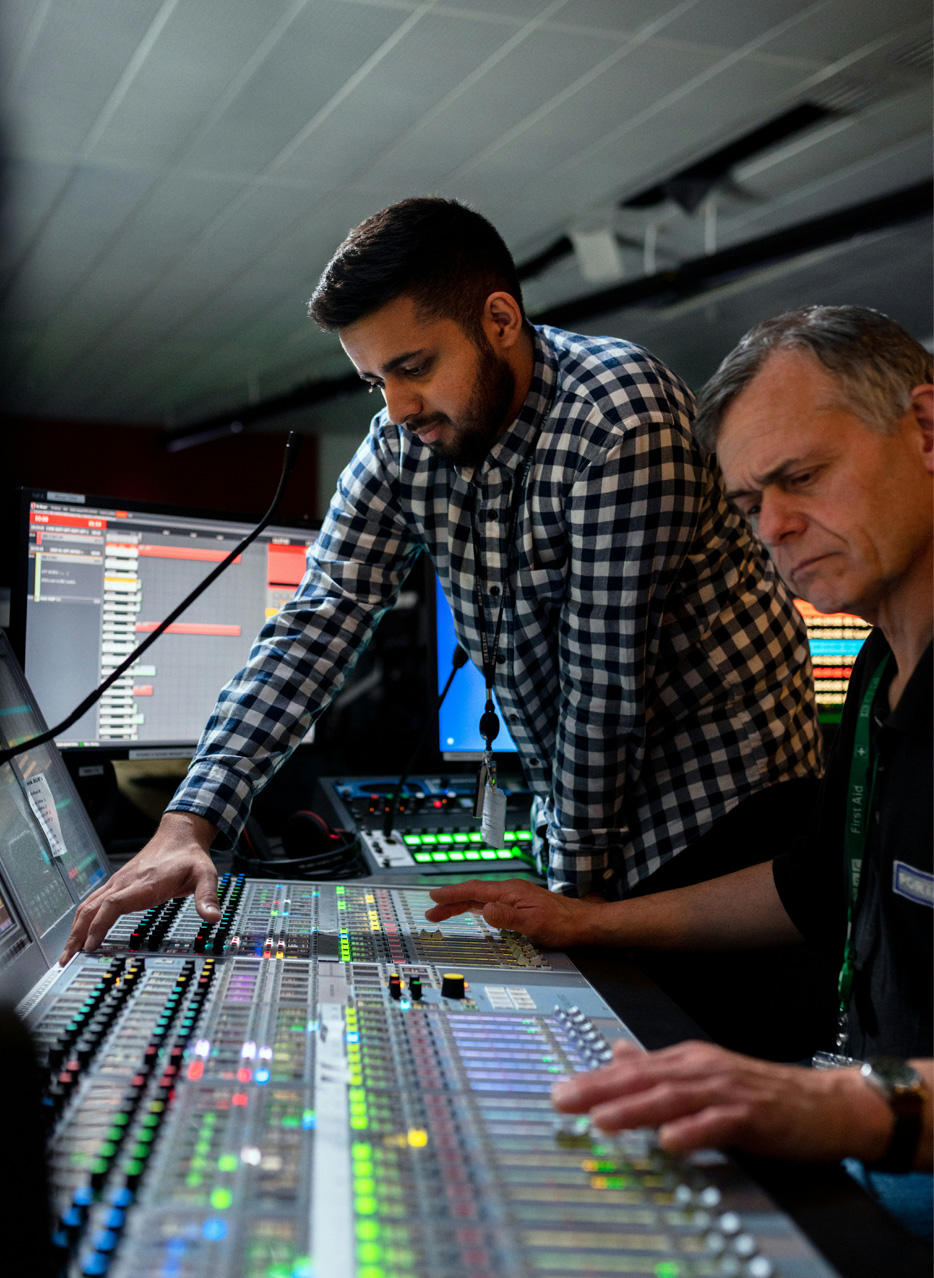
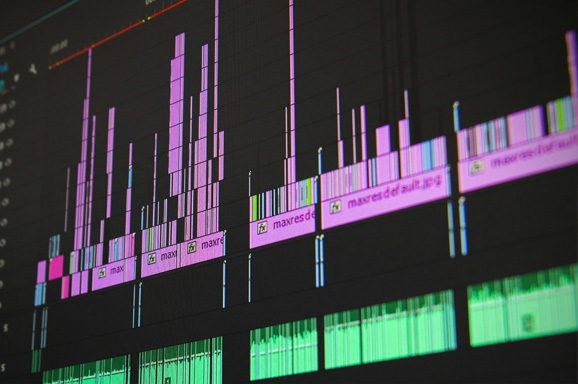
The Role of the Sound Designer
The sound designer is responsible for all aspects of the audio experience in a production.
Their responsibilities include:
- Creating cues and ensuring their smooth execution during the performance.
- Analysing the script to understand the sound requirements.
- Conceptualising and creating the sound design, including music, sound effects, and ambience.
- Collaborating with the director and other designers to ensure a cohesive design.
- Sourcing or recording sound effects.
- Selecting and editing music.
- Designing the sound system and speaker placement.
Sound design does a lot more than just add noise – it’s all about shaping how we feel, understand, and immerse ourselves in a story, space, or experience.
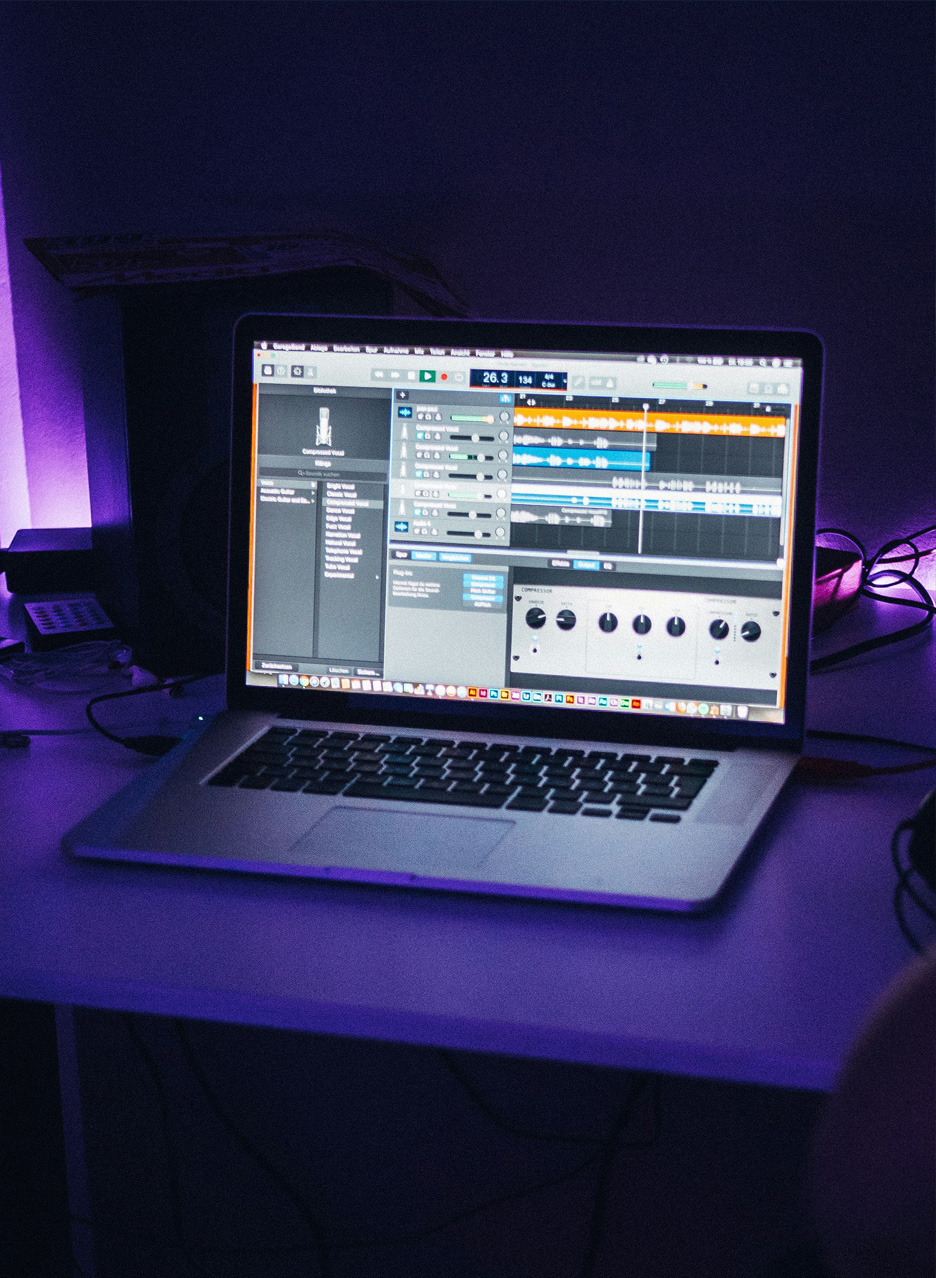
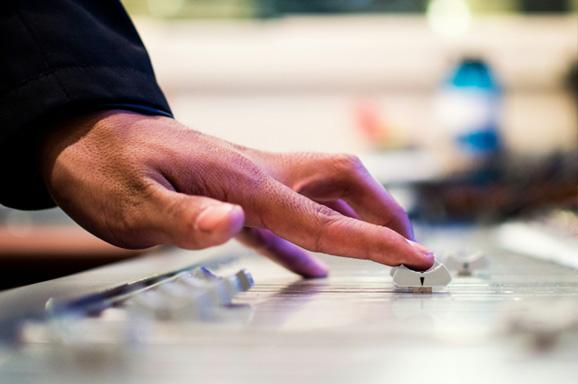
Collaboration in Sound Design
Effective sound design is a collaborative effort. The sound designer works closely with various members of the production team:
- Director:
To understand the overall vision and ensure the sound supports the storytelling. - Other Designers (Set, Lighting, Costume):
To create a unified and immersive environment. - Stage Manager:
To coordinate sound cues with other technical elements. - Composer:
If original music is required, the sound designer works with the composer to integrate it into the design. - Technical Director:
To ensure the sound system can be properly installed and operated.
Great sound doesn’t happen in a vacuum – it’s the result of clear communication and creative synergy between departments.
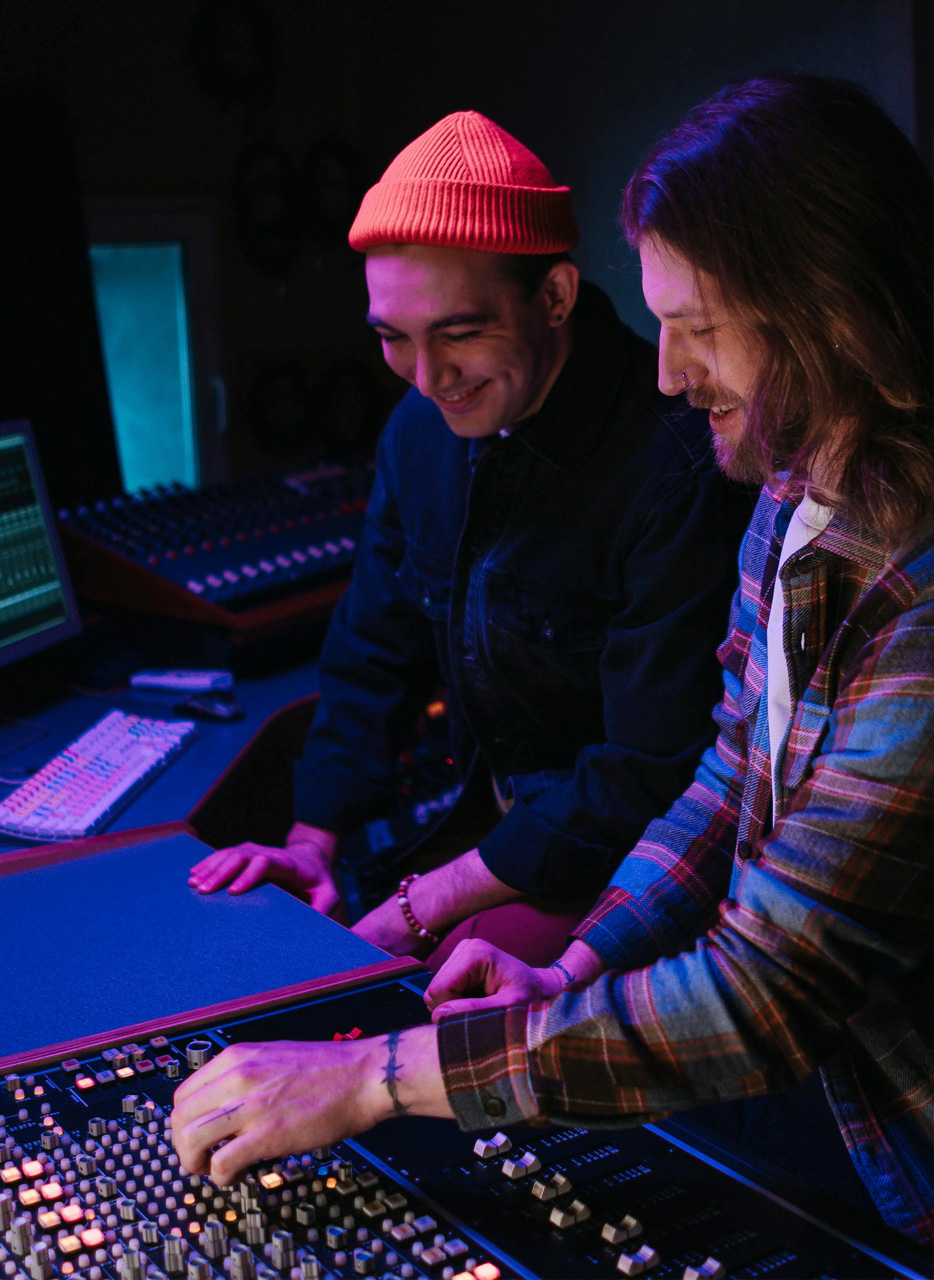
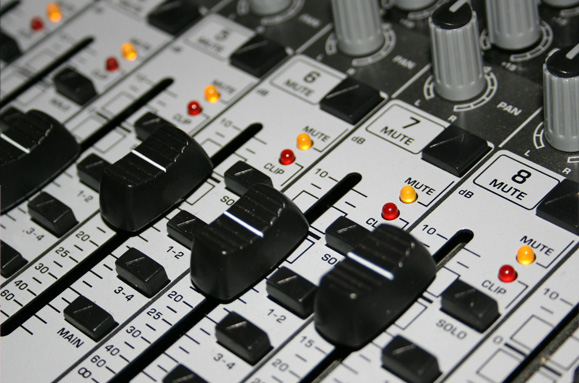
The Sound Design Process
The sound design process typically involves these stages:
- Script Analysis:
Understanding the play’s setting, atmosphere, and emotional landscape. - Conceptualisation:
Developing a sound concept that aligns with the director’s vision. - Sound Gathering:
Sourcing or recording sound effects and music. - Design Development:
Creating sound cues and a sound plot. - Implementation:
Installing the sound system and programming the cues. - Rehearsals and Refinement:
Adjusting the sound design based on rehearsals and feedback.
The sound design process is a structured but creative workflow that takes a project from raw idea to polished, immersive audio. Whether it’s for film, games, theater, or a podcast, the process usually goes through several key stages – some technical, some deeply artistic.

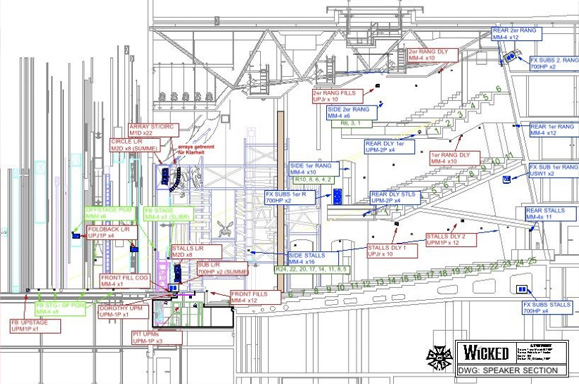
Music, Sound Effects & Atmosphere in Sound Design
Music
Music plays a significant role in theatre sound design.
It can:
- Establish the mood and atmosphere of a scene.
- Provide transitions between scenes.
- Underscore dramatic moments and enhance emotional impact.
- Characterise specific characters or settings.
- Create a sense of rhythm and pace.
Sound Effects (SFX)
Sound effects (SFX) are crucial for creating a realistic and immersive experience.
They can:
- “Create a sense of place (e.g., a forest, a city, a storm).”
- Enhance action and movement (e.g., footsteps, car crashes, door slams).
- Evoke emotions and create suspense.
- Provide important information to the audience (e.g., a phone ringing offstage).
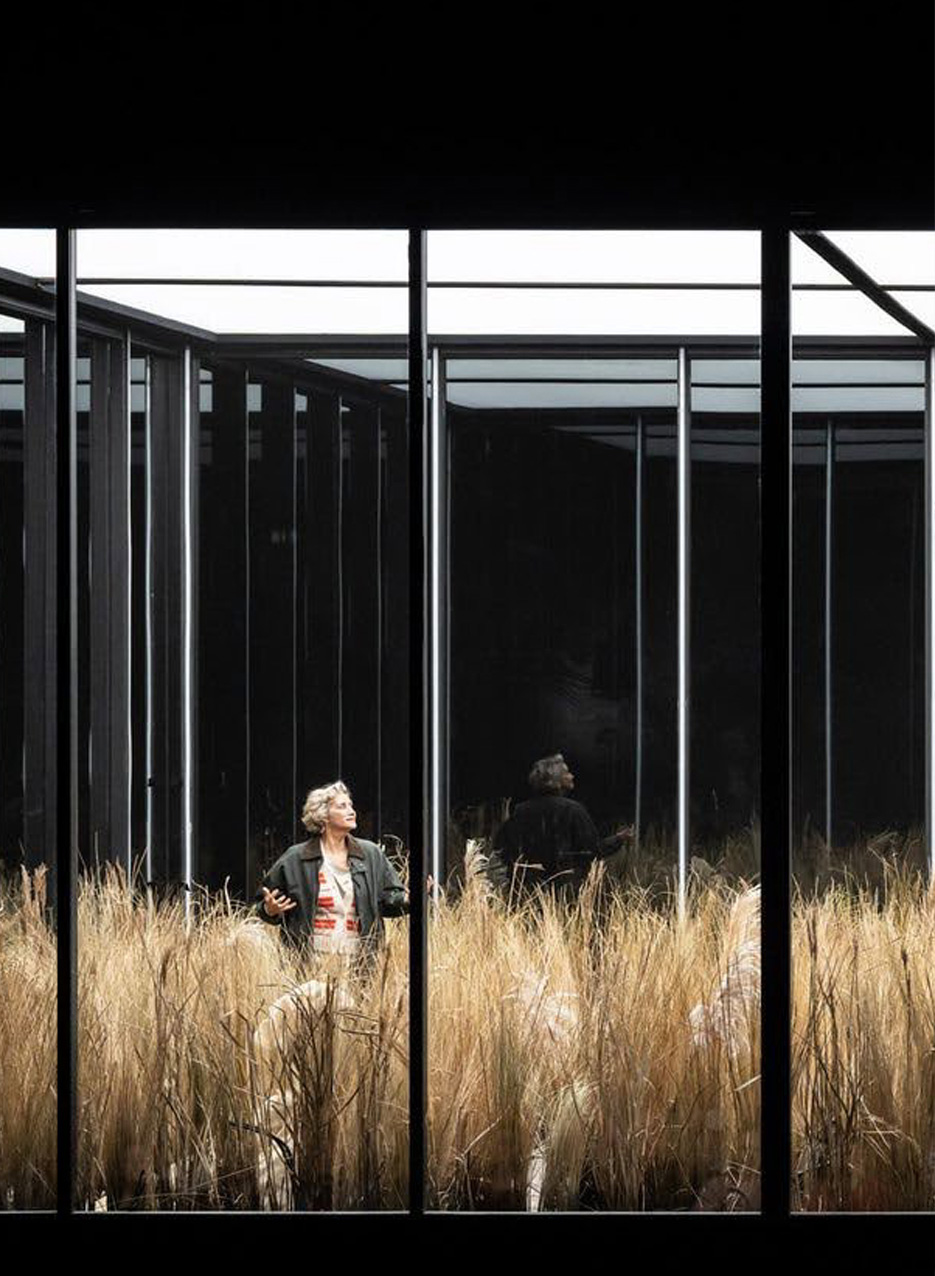
Ambience/Atmosphere
Ambience or atmosphere refers to the background sounds that create the sonic environment.
It can:
- Establish the setting and time of day.
- Create a sense of realism and immersion.
- Influence the audience’s mood and perception.
- Add layers of depth to the sound design
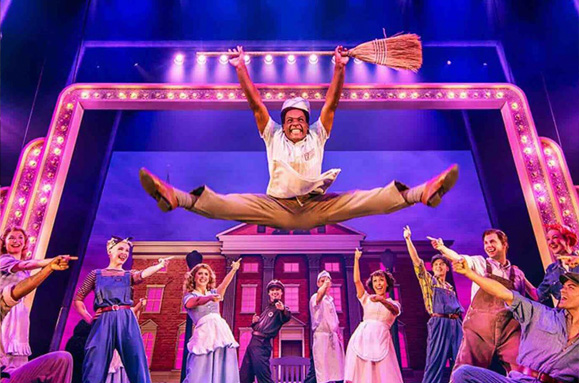
Sound Reinforcement
Sound reinforcement is the use of audio equipment to amplify sound. In the theatre, this usually means making the actors’ voices and any musical instruments louder, but doing so in a way that sounds natural.
Considerations include:
- Microphone placement
- Speaker selection and placement
- Acoustics of the space
- Balancing levels
Sound reinforcement is a blend of art and engineering, and it plays a huge role in making live performances sound natural, immersive, and emotionally powerful.

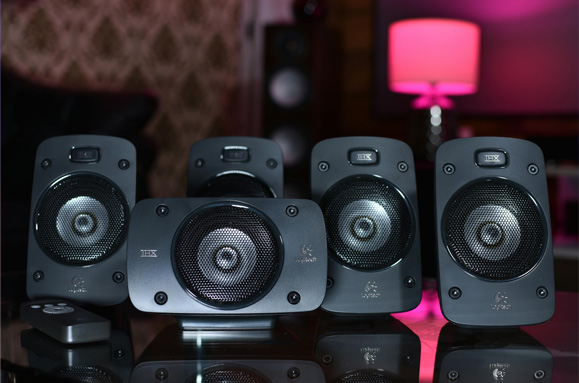
Sound Operation
Sound operation involves the technical execution of the sound design during a performance.
Key aspects include:
- Setting up and testing the sound system before the show.
- Following the sound cue sheet to play sound effects, music, and other audio elements at the correct times.
- Monitoring sound levels and making adjustments as needed.
- Troubleshooting any technical problems that may arise during the performance.
- Operating sound mixing board.
Sound Operation is the final step that brings the entire sound design to life – live, in real time.


Career Path Questionnaire
This simple questionnaire might help you to identify some career pathways that suit your personal interests and your skills. This questionnaire comes in 2 parts. The first part of this activity is a simple questionnaire.
Using the options in the table below, answer each of the questions by selecting a number in one of the columns, based on the following:
1 = Dislike a lot 2 = Dislike 3 = Don’t Mind 4 = Like 5 = Like a lot
Based on your personal interest and skills, you may be interested in the jobs shown in the highlighted section below.
Hands on Work
Working on Site
Roles explored in this course:
- Ground Worker
- Plant Operator
- Highways Maintenance Operative
- Traffic Management Operative
- Building Maintenance Operative
You scored
in this category.
Supervisory roles
Planning, Site Safety
Roles explored in this course:
- Site Supervisor
- Site Management
- Project Manager
- Health & Safety Manager
- Facilities Manager
You scored
in this category.
Technical Roles
Design, Surveying
Roles explored in this course:
- Civil Engineering Technician
- Quantity Surveyor
- Geotechnical Engineer
- Building Services Engineer
- Energy Manager
- Surveyor
You scored
in this category.
Check Your Knowledge
So now you’re well on the way to understanding about Sound Design, answer the multi-choice questions below to see how much you really know.
Good luck!
Well done. You have successfully achieved the pass mark for this course. All the correct answers are now shown.
You haven’t achieved the pass mark on this occasion. Have another go.
You haven’t quite reached the pass mark for this course, but all of the correct answers are now shown. Please study these before moving on, or feel free to go back and look again at any of the pages of this course.
Congratulations
You have successfully completed this course.
Exit Course
